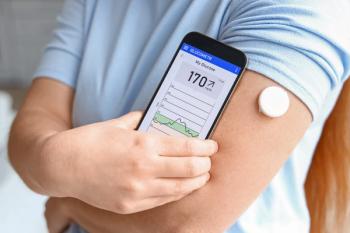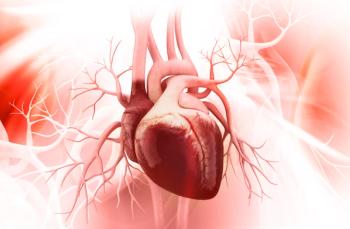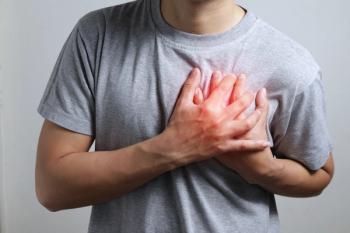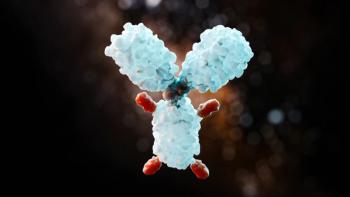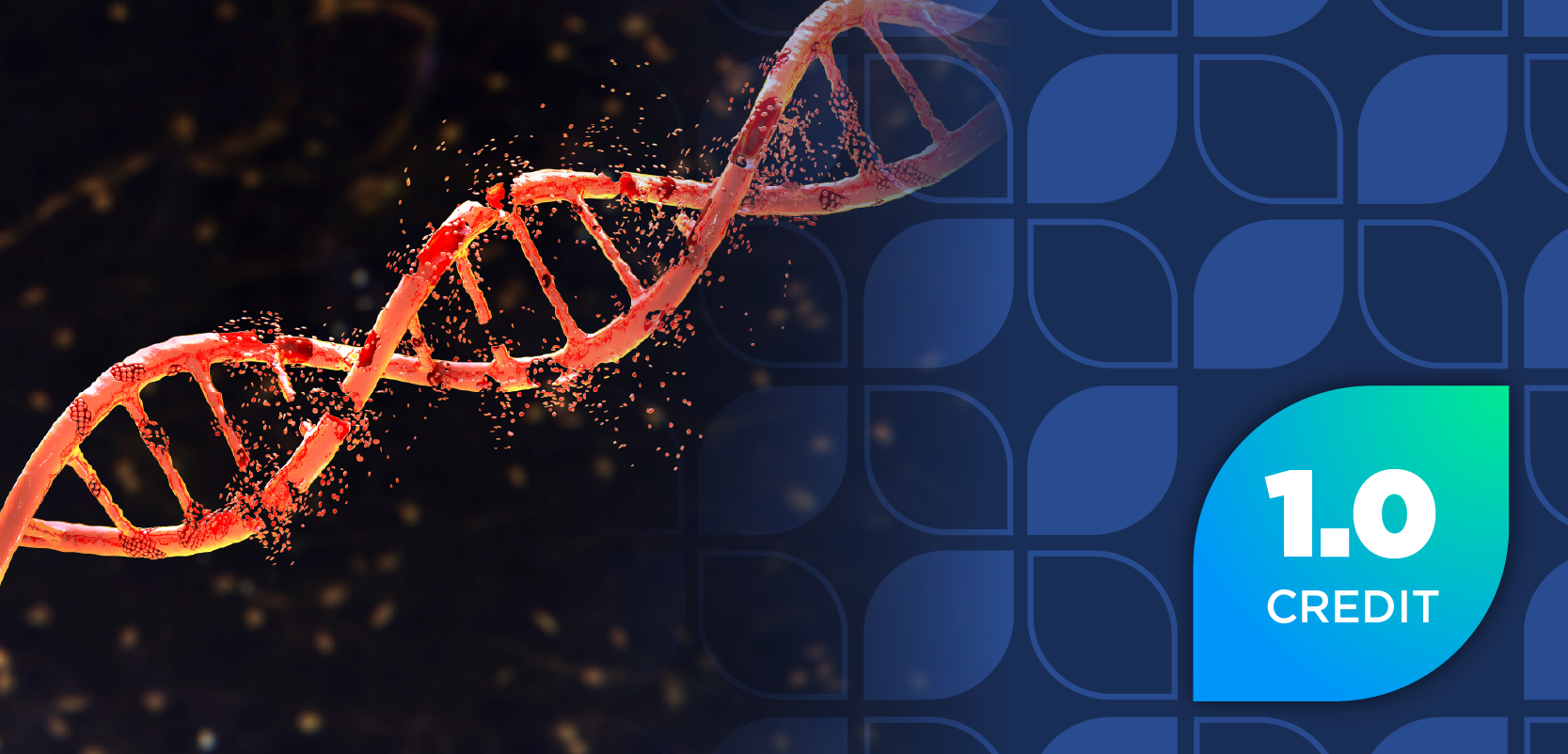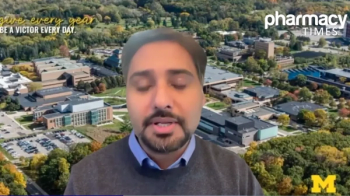
Opioid Overdose and Withdrawal: Recognizing the Signs
There's a pressing need for patients and health care professionals to quickly recognize and act on the signs of opioid overdose and withdrawal.
There’s a pressing need for public health measures against opioid abuse.
Pharmacists, prescribers, policymakers, and other concerned parties are acting to alleviate the effects of the opioid abuse epidemic blanketing the nation.
From improved safe prescribing practices1 to prescription drug monitoring programs (PDMPs), communities are seeing changes in how opioids are prescribed and dispensed. Additionally, naloxone dispending in the United States has increased 1170% since 2013.2
Between 2000 and 2014, nearly 500,000 individuals died from a drug overdose, with more than 60% of those deaths involving an opioid. In that same time period, the rate of opioid-related death jumped by 200%.3
More specifically, prescription opioid deaths alone increased fourfold in the past 15 years.4 In 2008, for instance, deaths from opioids comprised 73.8% of the 20,044 prescription drug overdose deaths.
These numbers drive the need for patients and health care professionals to quickly recognize and act on the signs of opioid overdose and withdrawal.
Opioid Overdose5
Signs of overmedication include shallow breathing, pinpoint pupils, and a slow heartbeat, which can be accompanied by mental confusion, slurred speech, and drowsiness.
These signs could come ahead of an opioid overdose, which may present as:
· Pallor and clamminess of the skin
· Cyanotic (blue/purple) tinge to the fingers and lips
· Respiratory depression (<8 breaths per minute)6
· Sedation/unconsciousness
· Vomiting noises
The Office of Injury Prevention in Connecticut’s Department of Public Health also provides the following steps7:
Treatment for opioid overdose includes administration of naloxone, accompanied by maintaining an open airway and cardiopulmonary function.8
Opioid Withdrawal
In the first 12 hours of opioid withdrawal, individuals experience lacrimation, rhinorrhea, and sweating, followed by irritability, restlessness, tremors, goose bumps, rapid breathing, and diarrhea. Within 3 days, symptoms peak in intensity, generally resolving by day 10.8
An important component of the nation’s response to the opioid abuse epidemic is community education. Quickly recognizing the signs of an overdose could save a life, but involved parties must also act. To date, 32 states have passed a 911 Good Samaritan Law, under which those who seek medical help are protected from drug possession charges.9
To help reverse the trend of opioid overdoses and deaths, pharmacists must be accessible resources to answer patient and caregiver questions about the signs of opioid overdose and withdrawal, as well as appropriate action.
References
1. Dowell D, Haegerich TM, Chou R. CDC guideline for prescribing opioids for chronic pain. MMWR Recomm rep. 2016;65(1):1-49. doi: 10.15585/mmwr.rr6501e1.
2. Jones CM, Lurie PG, Compton WM. Increase in naloxone prescriptions dispensed in US retail pharmacies since 2013. Am J Public Health. 2016;106(4):689-90. doi: 10.2105/AJPH.2016.303062.
3. Rudd RA, Aleshire N, Zibbell JE & Matthew Gladden R. Increases in drug and opioid overdose deaths—United States, 2000—2014. Am J Transplant 2016;16:1323—1327. doi: 10.1111/ajt.13776.
4. Frieden TR, Houry D. Reducing the risks of relief — the CDC opioid-prescribing guideline. N Engl J Med. 2016 Mar 15. doi: 10.1056/NEJMp1515917.
5. Substance Abuse and Mental Health Services Administration. SAMHSA opioid Overdose toolkit: information for prescribers. HHS Publication No. (SMA) 13-4742. Published 2013.
6. Jarzyna D, Jungquist CR, Pasero C, Willens JS, Nisbet AN, Oakes L, Dempsey SJ, Santangelo D, Polomano RC. American society for pain management nursing guidelines on monitoring for opioid-induced sedation and respiratory depression. Pain Manag Nurs. 2011;12(3):118-145.
7. Opioid and Prescription Drug Overdose Prevention Program. Department of Public Health. December 2015. http://www.ct.gov/dph/cwp/view.asp?a=3137&q=567398. Accessed April 10, 2016.
8. Caley C. University of Connecticut School of Pharmacy Lecture. 2015.
9. State Legislation: Overdose Prevntion. Which States Have 911 Good Samaritan Laws and/or Naloxone Access Laws? Drug Policy Alliance. January 2016. http://www.drugpolicy.org/resource/which-states-have-911-good-samaritan-laws-andor-naloxone-access-laws. Accessed April 10, 2016.
Newsletter
Stay informed on drug updates, treatment guidelines, and pharmacy practice trends—subscribe to Pharmacy Times for weekly clinical insights.

